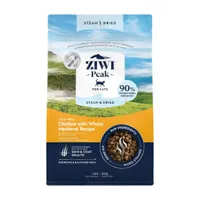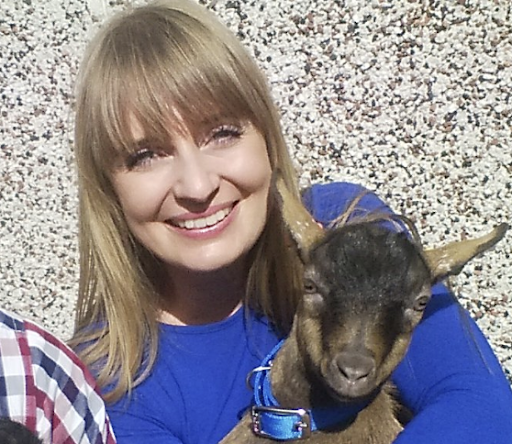Can cats eat dry food only? A vet explains what’s best
Wondering whether cats can eat only dry food? Here's how it impacts your feline's well-being
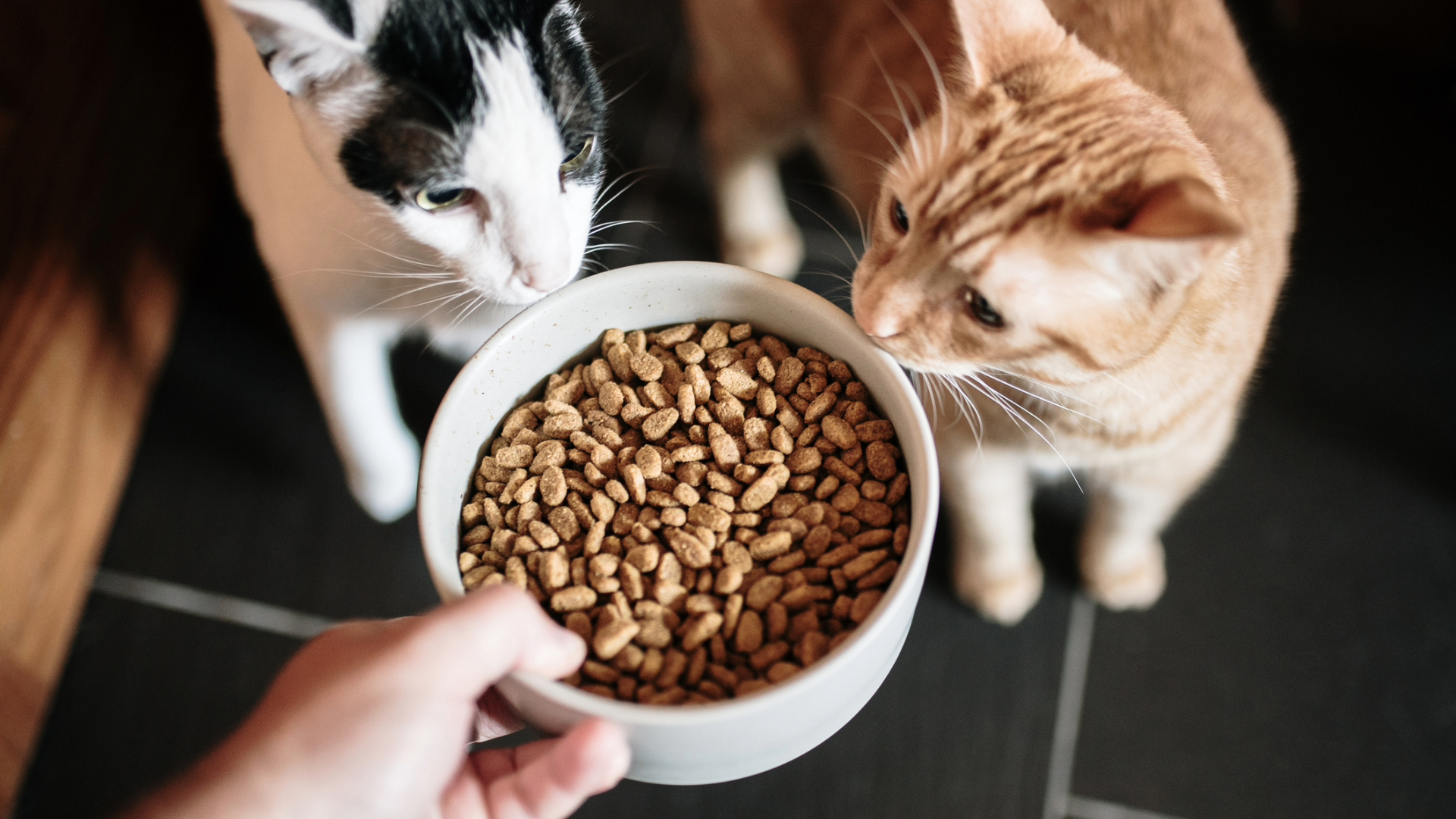
Can cats eat dry food only? This is a common question amongst concerned cat owners who want to ensure their pets are receiving the best nutrition.
As a vet with over 13 years of experience working with cats and their owners, I’m here to guide you through this topic and provide a professional perspective. Below, I've discussed the benefits and drawbacks of feeding cats a dry food-only diet and offered insights into why some cats and owners may prefer it.
If you’re looking for recommendations on top-quality options, don’t miss our guide on the best dry cat food. Let’s dive in to determine if this feeding method is right for your feline friend.
Can cats eat dry food only?
Yes, cats can be fed exclusively on dry food, but it’s vital to ensure that the chosen food is nutritionally complete and balanced to meet their dietary needs. Cats are obligate carnivores, meaning their bodies require certain nutrients, such as taurine, arachidonic acid, and vitamin A. These are primarily derived from animal products. High-quality dry cat foods are specially formulated to include these essential nutrients, making them a suitable option for sustaining your cat's overall health and wellbeing.
That said, there are important considerations when feeding cats a diet consisting solely of dry food. One significant factor is hydration. Unlike wet or canned cat food, dry kibble contains little moisture, which can lead to lower overall water intake in cats.
Since most cats naturally have a low thirst drive, this can increase the risk of dehydration and urinary tract issues, such as urinary crystals or infections. To help mitigate this, you can encourage your cat to drink more water by providing fresh water in multiple locations, using the best pet water fountain, or even offering wet food as an occasional supplement to their dry food diet.
Additionally, monitoring your cat’s health, including their weight, coat condition, and energy levels, is essential when relying on a dry food-only regimen. Regular check-ups with a vet can help ensure that your feline friend is thriving on this type of diet.
Get the best advice, tips and top tech for your beloved Pets
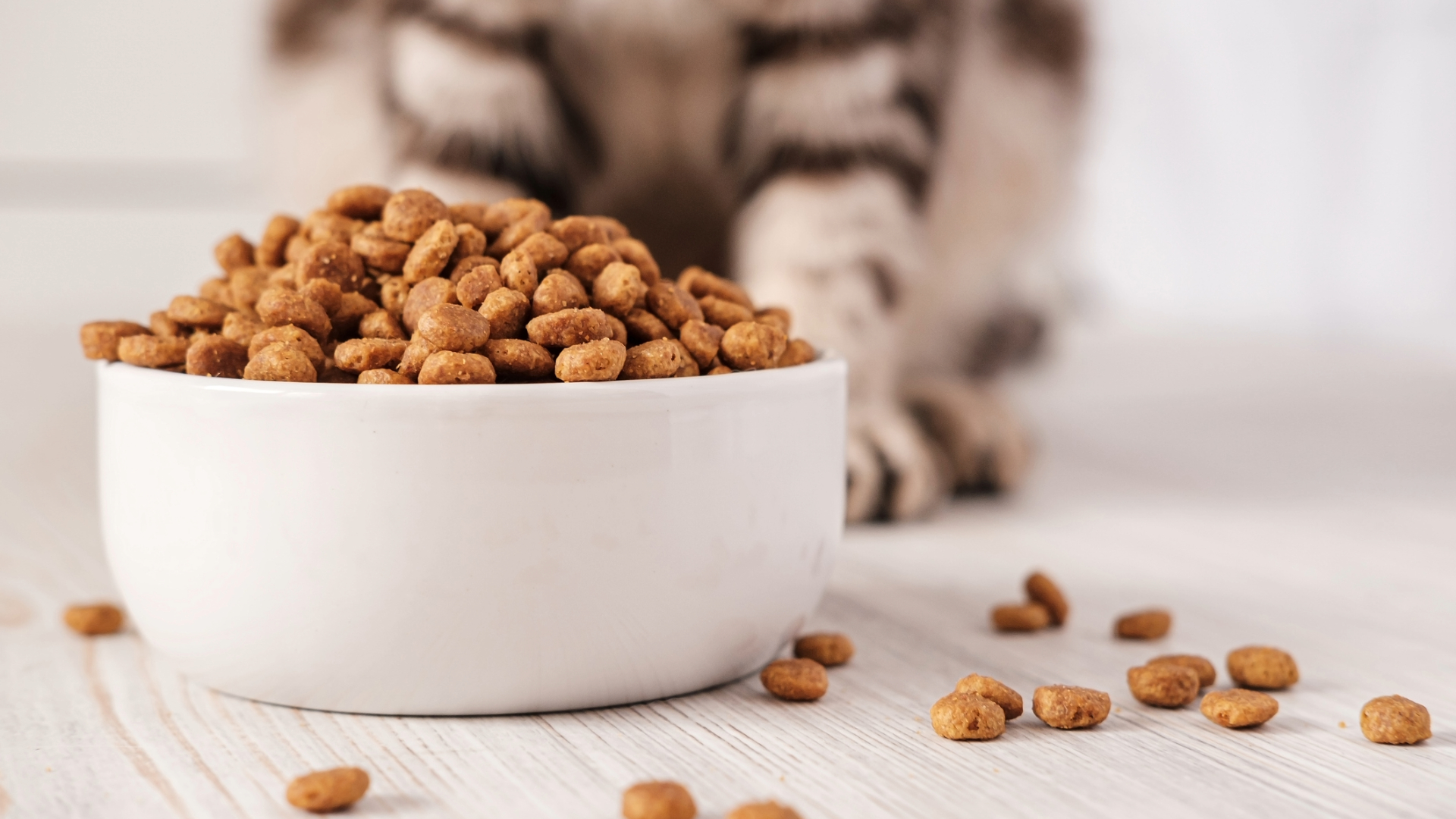
Pros of of dry cat food
Dry cat food offers a range of benefits that make it a popular choice among cat owners. Below are some key advantages:
1. Convenience
Dry cat food is easy to store, measure, and serve, requiring minimal preparation compared to wet food. It’s also less messy, which is especially helpful for busy cat owners who may not have time for frequent clean-ups after every meal. It is easily portable which makes it ideal for travel or for keeping food accessible during the day.
2. Long shelf life
Does cat food expire? Yes! However, unlike wet food, which must be consumed quickly once opened, dry kibble has a significantly longer shelf life. This reduces waste and allows owners to buy in bulk, making it both economical and practical for households with multiple cats or for those who like to plan ahead. Proper storage in an airtight container can further extend its freshness once the packet is opened.
3. Cost-effective
Dry food is often more affordable than wet food on a per-serving basis, making it a budget-friendly option for people on a lower income or those feeding multiple cats, including outdoor or stray cats. This affordability ensures that high-quality nutrition is still accessible without straining people’s finances.
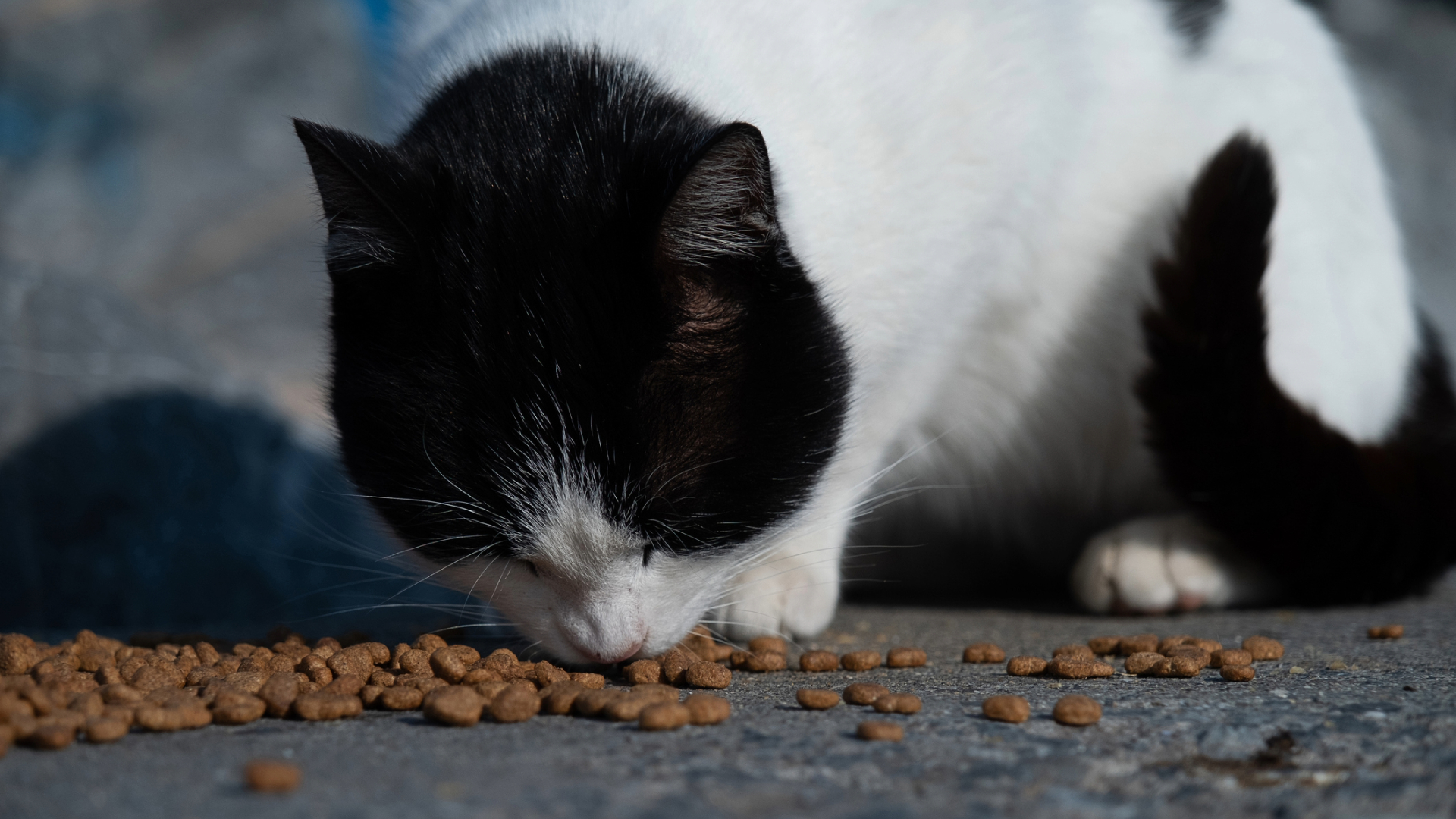
4. Dental benefits
Some types of dry food are specially designed to promote dental health. These formulas are crafted with kibble shapes and textures that can help mechanically debride plaque and tartar from your cat's teeth during chewing. While this can be beneficial, it should complement – rather than replace – regular dental care, such as regular brushing and veterinary check-ups. If you want to learn how to brush cat teeth, we have a vet's guide that can help!
5. Free feeding
Dry food is highly suitable for free feeding cats, which is when food is left out for them to graze on throughout the day. This method is particularly helpful for cats with irregular eating habits or those who prefer small, frequent meals. However, portion control and monitoring are essential to avoid overfeeding.
6. Puzzle toys
Dry food works exceptionally well in the best cat puzzle feeders, providing an excellent feeding option and an opportunity for mental stimulation. These interactive feeders can help prevent boredom, encourage natural hunting instincts, and even slow down cats that tend to eat too quickly.
Ziwi Peak Steam & Dried Cat Food
This recipe offers a high-protein, grain-free diet made from premium New Zealand ingredients, including fresh chicken and whole mackerel. Its air-dried process helps retain nutrients while supporting your cat’s digestion, energy levels, and overall health.
Cons of dry cat food
1. Low moisture content
Dry cat food generally contains only about 10 to 12% moisture, which is significantly less than what cats would naturally consume from prey in the wild, which consists of around 70 to 80% water.
This low moisture content means that cats relying solely on dry food may not get adequate hydration, especially if they don't drink enough water on their own. Over time, this lack of hydration can cause problems for our cat's urinary system, increasing the likelihood of urinary tract infections, bladder stones, or kidney disease, which are common health concerns in cats.
2. Risk of overeating and obesity
Dry cat food is often served in bowls that are left out for free feeding, allowing cats to nibble throughout the day. While this might seem convenient, it can lead to overeating, particularly in less active cats or indoor cats that don't burn many calories.
The high calorie density of dry kibble means that even small amounts can contribute to weight gain. Obesity in cats is associated with numerous health problems, such as diabetes, arthritis in cats, and heart disease, making portion control critical when feeding dry food. If you are not sure how much your furry friend should eat, read our handy guide on how much should you feed a cat.
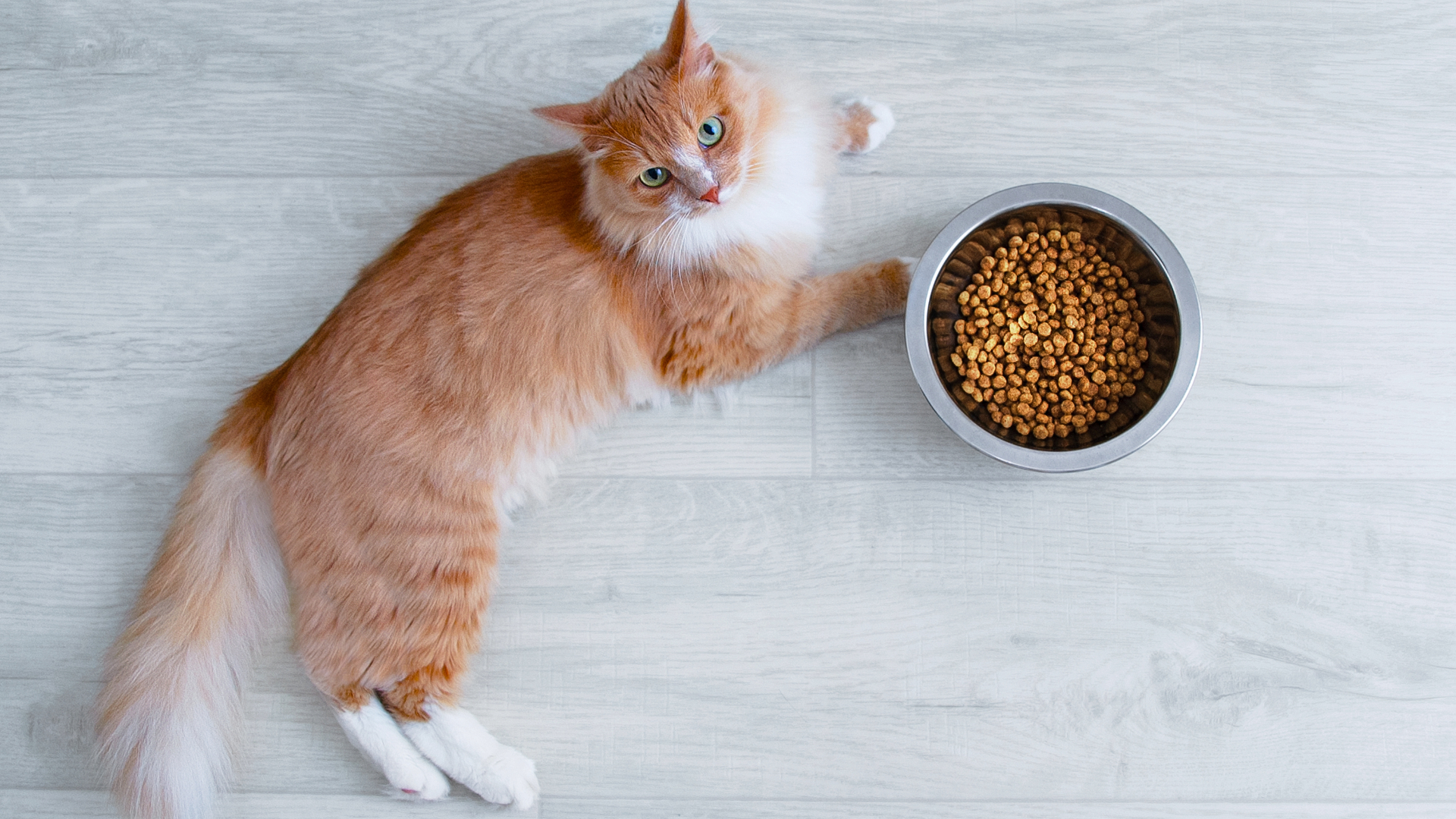
3. Palatability issues for some cats
Worried that your cat’s not eating? Cats can be picky eaters, and some may find the texture and taste of dry kibble less appealing compared to wet food. Wet food, with its soft texture and strong aroma, often mimics the natural diet of cats more closely, making it more enticing. Cats that refuse to eat dry food exclusively may not get the balanced diet they need unless other food options are provided.
4. Concerns about quality
Not all dry cat foods are made to the same standards. Lower-quality brands may use fillers such as corn, wheat, or soy, which provide little nutritional value and can even trigger allergies or digestive issues in some cats.
Additionally, these products might lack sufficient levels of high-quality proteins, essential vitamins, and minerals that cats need to thrive. On the other hand, premium dry foods often prioritize better ingredients but can be more expensive, making it important for pet owners to carefully read ingredient labels and choose products that meet their cat's nutritional needs.
Why does my cat suddenly prefer dry food?
There are several reasons why your cat might suddenly prefer dry food or reject wet food:
- Texture preference: Cats are known for their finicky eating habits, and some may develop a preference for the crunchiness of dry kibble.
- Dental issues: Surprisingly, some cats with dental problems might find dry food easier to eat than wet food. It’s essential to have your cat’s teeth checked if you notice changes in their eating habits.
- Change in appetite: Stress, illness, or environmental changes can influence a cat’s eating preferences. Observing your cat’s behavior and consulting with a vet can help identify the underlying cause.
- Flavor fatigue: Cats can get bored with the same type of food. Switching up flavors or brands might rekindle their interest in wet food.
If you decide to feed your cat dry food exclusively, choose a high-quality option and monitor their water intake closely. For more tips on ensuring your cat is being fed the best nutrition possible, check out our guide on how to improve your cat’s diet. Your cat’s health and happiness start with a well-balanced diet – and you’re their best advocate.
If your cat won't eat dry food, be sure to check out our helpful vet's guide.
Emma Chandley is a vet with 14 years of experience and has a keen interest in surgery. After graduating from the Royal Vet College in London in 2011, she achieved a postgraduate certificate in small animal surgery from the British Small Animal Veterinary Association and Nottingham Trent University. She was then awarded advanced practitioner status in the same discipline by The Royal College of Veterinary Surgeons. She has a black Labrador and two pygmy goats at home.
